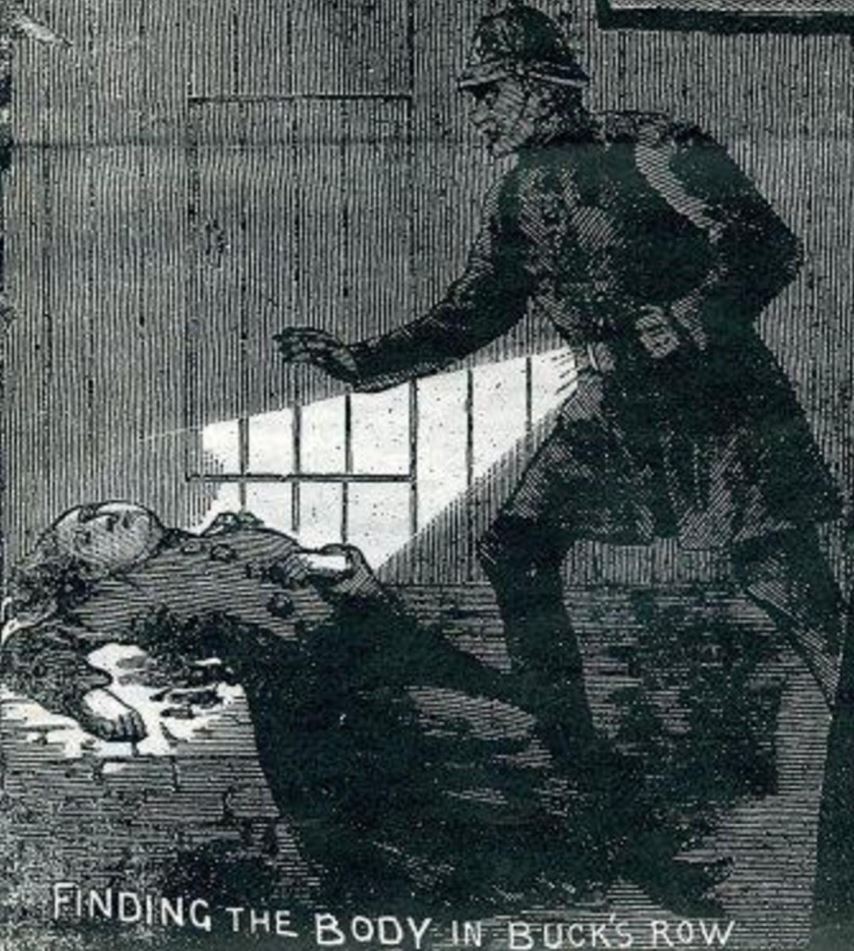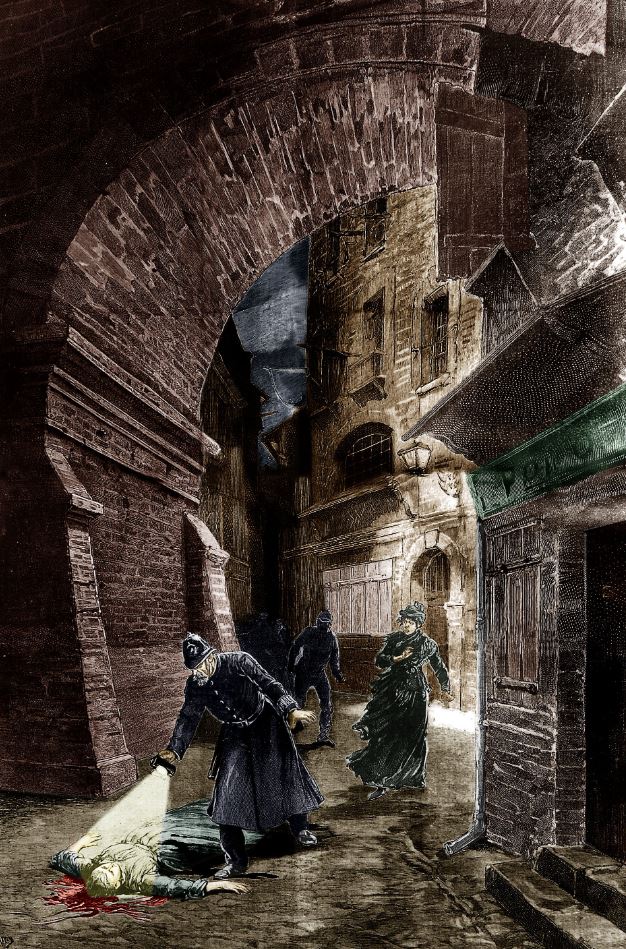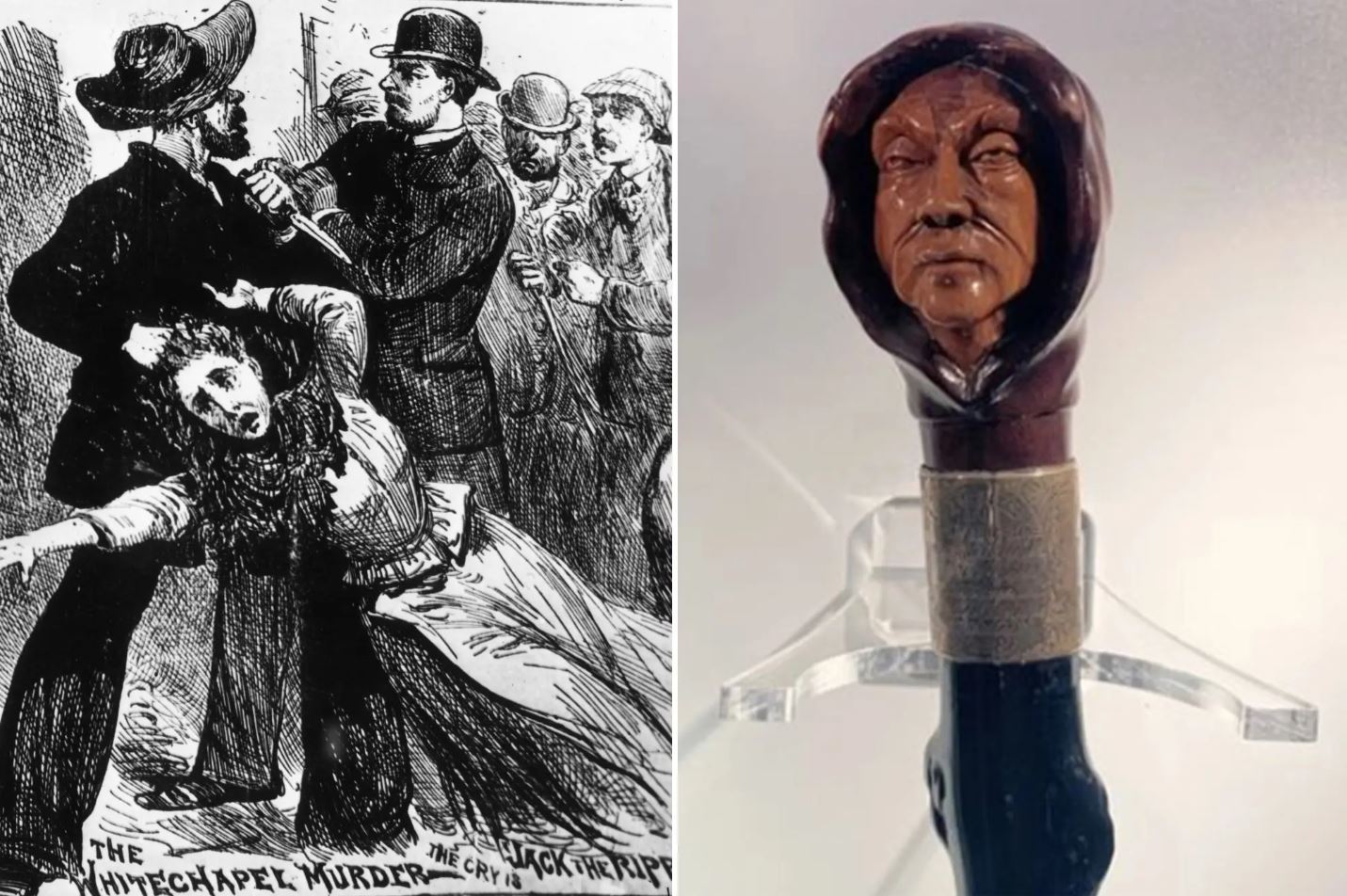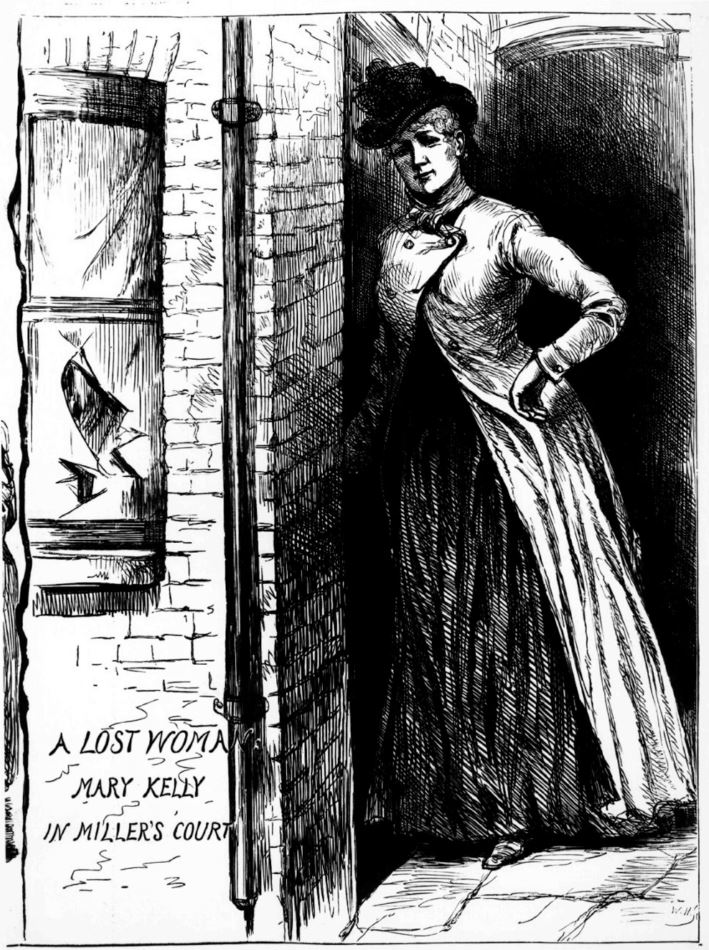Echoes of Stories Jack the Ripper Crime Scene Photos
The Jack the Ripper case, one of the most enduring mysteries in the annals of crime, dates back to the late Victorian era in the East End of London. Over a span of several months in 1888, the Ripper notoriously murdered at least five women, all of whom were from the impoverished areas around Whitechapel. Despite extensive police investigations and considerable media attention during that time, the identity of the killer remains unknown, weaving a complex web of intrigue and speculation that persists to this day. The Jack the Ripper crime scene photos have played a crucial role in both historical analyses and the ongoing public fascination.
This article focuses on two particularly evocative aspects of the Ripper case: the photographs of the victims and the graffiti associated with the crime scenes. These photographs, primarily held at The City of London Police Museum and the National Archives in Kew, offer a chilling glimpse into the aftermath of the murders. They are not only valuable for their historical significance but also for providing insights into the forensic and investigative practices of the period.
Additionally, the graffiti found near several of the murder sites has stirred much debate regarding its potential linkage to the killer. Phrases chalked onto walls in proximity to the bodies were thought by some to be direct communications from the Ripper himself, taunting police and onlookers alike. The most famous of these writings, the Goulston Street Graffito, was discovered in the same night as two of the murders and led to contentious decisions about its preservation and interpretation.
Both the photographs and the graffiti serve as poignant reminders of the Whitechapel murders’ dark legacy, offering a window into the socio-cultural and criminal landscape of London during one of its most troubled times. Through an examination of these elements, this article aims to deepen the understanding of the historical context and explore the enduring mystery of Jack the Ripper.
| Aspect | Description | Significance | Locations |
|---|---|---|---|
| Photographs of Victims | Chilling images showing the aftermath of the murders. | Provides insights into forensic and investigative practices of the period; valuable for historical analyses. | The City of London Police Museum, National Archives in Kew |
| Graffiti Associated with Crime Scenes | Phrases thought to be from the Ripper, found near murder sites. | Stirs debate about its linkage to the killer and impacts interpretations of the case. | Goulston Street (most famous site) |
The Photographs of the Whitechapel Victims
The City of London Police Museum serves as a custodian of the harrowing history of Jack the Ripper’s crimes. Established to preserve and showcase the artifacts and narratives of the city’s policing history, the museum houses a significant collection related to the infamous Whitechapel murders. Among its most compelling exhibits are the photographs of the Ripper’s victims, which provide a stark visual record of the 1888 murder spree.
The most notable addition to the museum’s collection came when Police Constable Donald Rumbelow, during the late 1960s, discovered previously unseen photographs while setting up an exhibition. Among these were images of Catherine Eddowes and the famously gruesome scene of Mary Kelly. These photographs, some taken post-mortem, reveal not only the brutality of the crimes but also the early methods of forensic photography.

Analyzing these photographs offers insights into the period’s forensic practices and the societal reactions to such graphic documentation of crime. Despite their disturbing nature, these images are invaluable for historians and criminologists, providing a somber window into Victorian London’s dark underbelly and the primitive yet pioneering forensic methods of the time.
The National Archives in Kew holds another crucial collection of documents and photographs from the Whitechapel murders. Unlike the more restricted access at the Police Museum, the Archives offer researchers the ability to examine microfilmed copies of the original case files, which include several key photographs of the victims.
The original photographs housed here are typically more formal and controlled, taken by police photographers as part of the official documentation of the crimes. These images are crucial for understanding how the victims were found and the circumstances of their murders. A comparison between these and the ones found in the Police Museum reveals differences in presentation and preservation, highlighting various aspects of each scene and sometimes providing contradictory details that fuel ongoing debates among scholars.

Recently, new photographs have surfaced that add to the complex tapestry of the Ripper saga. One such photograph, a high-quality image of Catherine Eddowes, includes an adjacent image of intriguing wall writing. This discovery is particularly significant as it merges two crucial elements of the case—visual documentation of the victims and potential clues left by the perpetrator.
This photograph not only offers a clearer image of Eddowes but also captures the ephemeral graffiti, providing a direct connection between the victim and a potential communicative act by the killer. The historical implications of this photograph are profound, as it could potentially offer new insights into the identity and motivations of the Ripper.
| Location | Description | Significance | Notable Exhibits |
|---|---|---|---|
| The City of London Police Museum | Houses a significant collection of artifacts and narratives from the Whitechapel murders. | Provides a stark visual record of the crimes; showcases early forensic photography. | Photographs discovered by Police Constable Donald Rumbelow, including those of Catherine Eddowes and Mary Kelly. |
| The National Archives in Kew | Holds crucial documents and photographs; allows researchers to examine microfilmed copies of original case files. | Enables detailed study of the victims and the circumstances of their murders through official police documentation. | Formal police photographs of victims, differing in presentation from those at the Police Museum. |
| New Discoveries | Recent findings include a high-quality image of Catherine Eddowes with adjacent graffiti. | May provide new insights into the Ripper’s identity and motives by linking visual documentation with potential clues left by the killer. | Photograph merging visual documentation of a victim with potential communicative acts by the Ripper. |
The Wall Writings Near Crime Scenes
The discovery of graffiti near the Whitechapel crime scenes has been a subject of fascination and controversy. The most famous of these, the Goulston Street Graffito, was found close to a piece of a victim’s apron, suggesting a possible link to the killer. The content and placement of such writings have led some experts to speculate that they could have been left by the murderer as taunts or clues.

The interpretation of the graffiti varies widely among historians and criminologists. Some argue that the writings could provide insights into the killer’s psyche, possibly indicating motives or simply serving to confuse authorities. The decision to erase the Goulston Street Graffito, in particular, has been criticized as it removed a potential clue before it could be thoroughly examined, illustrating the tensions between preserving evidence and protecting public order.
In Victorian London, wall writings were not uncommon as a medium for anonymous communication, often used by criminals to claim territory or send messages. The use of graffiti in criminal investigations of the era was a novel concept, and the Ripper case remains one of the earliest examples where such writings could have played a significant role in the investigation. This practice has evolved significantly, but the Ripper case provides an early precedent for considering environmental clues in criminal profiling and investigations.
| Aspect | Details | Interpretations | Impact on Investigation |
|---|---|---|---|
| Goulston Street Graffito | Found close to a piece of a victim’s apron; considered potentially linked to the Ripper. | Speculated to provide insights into the killer’s motives or to confuse authorities. | Controversial erasure before thorough examination; highlighted tension between preserving evidence and maintaining public order. |
| Role of Graffiti | Used in Victorian London for anonymous communication; sometimes by criminals to claim territory or send messages. | Varies among historians and criminologists; some see it as critical evidence, others as incidental. | Illustrates early use of environmental clues in criminal profiling and investigations. |
The photographs and graffiti associated with the Whitechapel murders are not merely artifacts of a bygone era; they are poignant reminders of a mystery that has captivated the public and academic imagination for over a century. These elements serve as crucial pieces in the puzzle of understanding the nature and context of the infamous Jack the Ripper case. The photographs provide a visceral connection to the victims, humanizing the often sensationalized narratives, while the graffiti offers a cryptic glimpse into the turbulent social landscape of Victorian London.
The importance of these photographs in the study of the Whitechapel murders cannot be overstated. They are among the earliest examples of crime scene photography in England, marking a significant moment in the evolution of forensic science. These images not only documented the brutal reality of the crimes but also played a critical role in the investigations, offering insights that were previously unattainable. They allowed detectives and the public alike to scrutinize the scenes from a safe distance, providing details that might have been missed at first glance.

Similarly, the graffiti found near several of the crime scenes has spurred endless debate regarding its authenticity and relevance. Whether or not the writings were directly linked to the killer, they reflect the atmosphere of fear and suspicion that pervaded London at the time. The decision to erase some of these writings, particularly the Goulston Street Graffito, highlights the conflicts between preserving potential evidence and preventing further public unrest. This action itself is reflective of the broader challenges faced by law enforcement during an era when police methodology and public accountability were in their formative stages.
These artifacts have left a lasting impact on the legacy of the Jack the Ripper case and on criminal history more broadly. They have influenced not only forensic and investigative techniques but also the media portrayal of crime and its impact on public perception. The enduring fascination with these photographs and writings is testament to their power to engage and horrify in equal measure. They have inspired countless books, films, and scholarly articles, each attempting to unravel the truth behind the Ripper’s identity and motives.
Beyond their immediate impact on criminal investigations, these pieces of history offer a window into the social and cultural fabric of late 19th-century London. They expose the grim realities of life in the East End, where overcrowding, poverty, and violence were everyday struggles for many. The public reaction to the murders, from outright panic to morbid fascination, reveals much about Victorian society’s attitudes towards crime, class, and morality. The Ripper case, therefore, not only tells the story of a series of horrific murders but also serves as a lens through which to view the anxieties and disparities of an empire at its zenith.
The photographs and graffiti associated with the Whitechapel murders thus serve multiple roles: as tools in the quest for justice, as catalysts for forensic and police advancements, and as reflections of societal fears and fascinations. In studying these artifacts, one can not only trace the shadows of a murderer who has never been caught but also glimpse the outlines of a society grappling with rapid change and the dark undercurrents of urban life.
In conclusion, the legacy of the photographs and graffiti from the Whitechapel murders extends far beyond their initial forensic value. They continue to intrigue and educate, offering lessons on the evolution of criminal investigation and the historical context of crime. As we look back on these artifacts, they not only deepen our understanding of Jack the Ripper but also illuminate the broader human condition within the foggy alleys of Victorian London. They challenge us to consider how far we have come and how much remains unexplained, underscoring the complex interplay between historical artifact and historical narrative in our continuous quest to understand the past.
Global News -Shanda Vander Ark Son Autopsy Sentenced After Reveals
Princess Diana Autopsy and Its Impact on Royal Protocols
The Tamla Horsford Autopsy and Its Role in an Unresolved
The Emmaleigh Barringer Case and Its Impact on Child
Analysis of the Gabby Petito Autopsy Report and File PDF
Unveiled Is There a Sophie Rain Spiderman Video Official?
Oilers Fan Flashes Crowd Unedited Video During NHL Game
